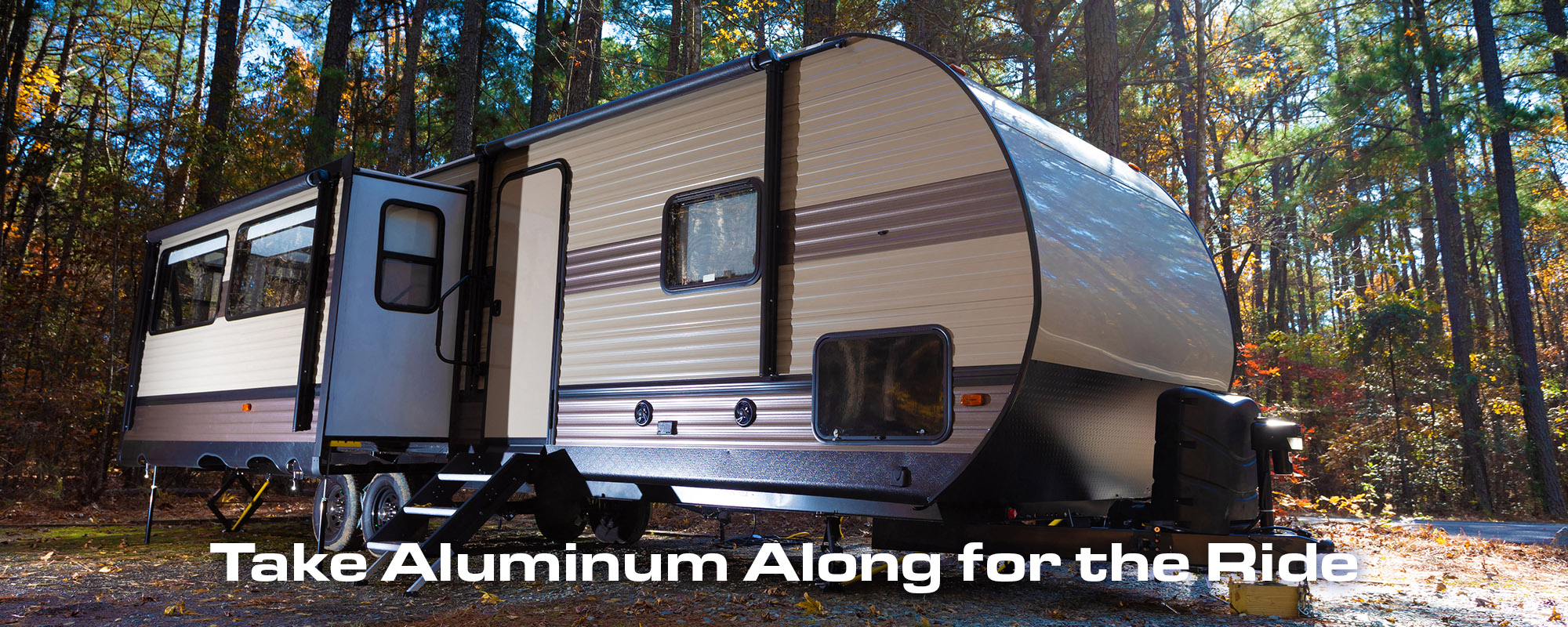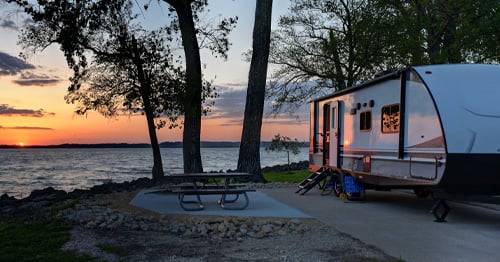During the COVID-19 pandemic, RV manufacturing grew to new heights as Americans searched for socially distant travel options. This has led to a massive moment for RV manufacturers, who find themselves at the center of a growing customer base eager to buy. Last summer, dealers reported that up to 80 percent of their customers were first-time buyers, as opposed to a historical industry average of around 25 percent. Companies like Thor Industries, Winnebago, and Forest River all reported demand increases during the spring and summer months of 2020, and there’s reason to believe that with looser restrictions — but pandemic guidelines still in place — there will be further growth in 2021.
In fact, research conducted in 2020 found that people above 55 are now in the minority when it comes to RV ownership. The demographics are shifting, with 22 percent of the market landing in the 18-34 age range. Overall, RV purchase interest jumped 162 percent, signifying interest from a group that previously had not shown much interest in RV travel or ownership.
This introduction of a younger customer base presents new market opportunities for RV dealers and manufacturers, as more people look to driving instead of flying. These new developments suggest that RV travel is here to stay. As demand for recreational vehicles is expected to hold steady, aluminum will be a big part of the future when it comes to building efficient and long-lasting recreational vehicles.
Given aluminum’s durability and strength, aluminum has always been a primary component in RVs as manufacturers have recognized the long-term benefits of building RVs with the material. Structurally, there are two main approaches to construction. The more traditional method involves laying aluminum over a wood frame. This long-standing technique produces RVs that are affordable and durable, but they are heavy, and potential exposure to water damage could result in costly repairs. Newer laminate methods, where fiberglass is laid over an aluminum frame, are lightweight, resulting in better fuel efficiency.
As far as the exterior of RVs, the iconic “silver bullet” Airstream trailers are made with aircraft-grade aluminum alloy on a steel frame. They’re incredibly durable and can also be pricey. RV travel trailers with corrugated aluminum panels are a more economical option. They are easier to repair and lightweight, making them more cost-effective for buyers. And during the pandemic, the growth in the RV market has set off a chain reaction — more RVs on the road mean more utility trailer sales that also rely on aluminum for their makeup.
With summer on the horizon, it’s an exciting time to consider RV ownership. Be sure to take aluminum along for the ride!








Comment